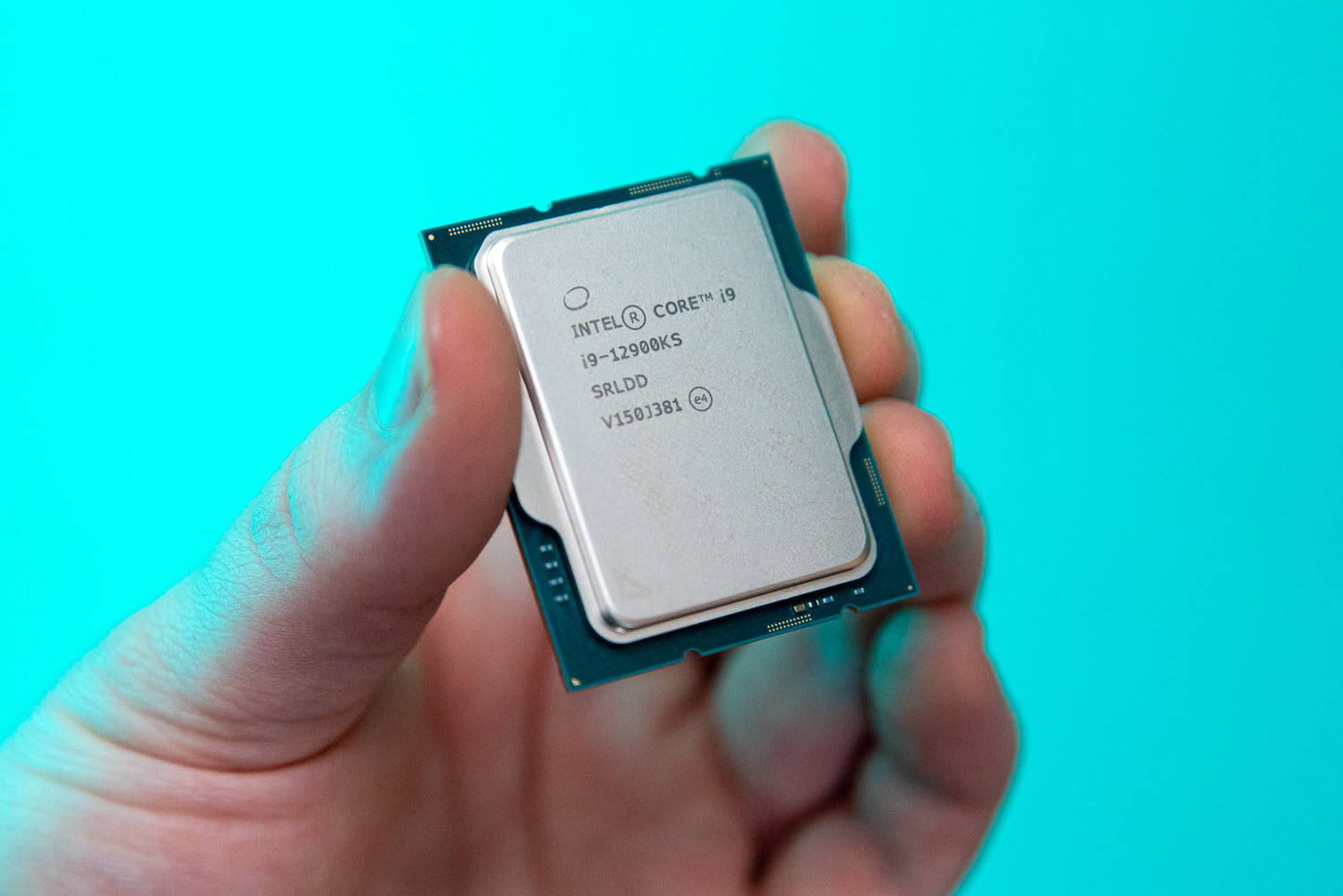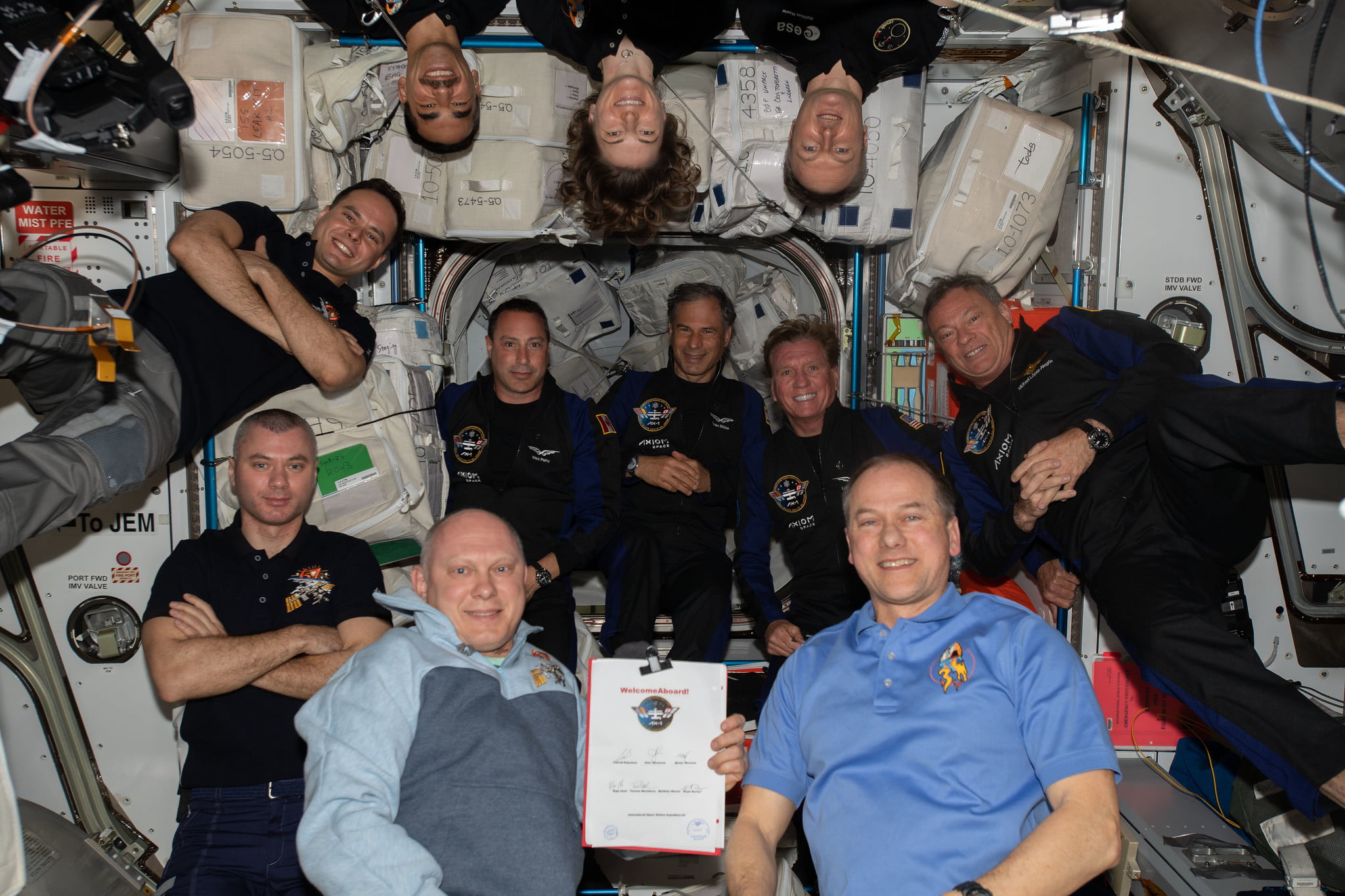Following the massive success of Intel’s Core i9-12900K, the company followed up with a special edition of its flagship chip — the Core i9-12900KS. Clocked 300MHz above the base part, it’s a halo product that looks to squeeze the most out of Intel’s 12th-gen Alder Lake architecture.
Intel has skipped these special edition CPUs for a few generations, and the Core i9-12900KS isn’t a great return to form. It’s a problematic CPU with high thermal and power demands, and in many cases, it doesn’t offer a benefit over the base model.
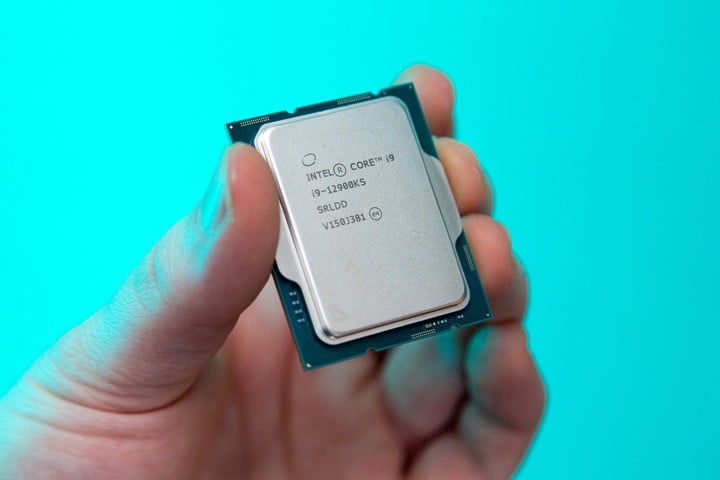
I’ll cover everything from specs to benchmarks here, but make sure to read our Intel Core i9-12900KS review and Intel Core i9-12900K review for a full breakdown, and for why we rank the latter chip among the best CPUs you can buy.
Specs
Pricing and availability
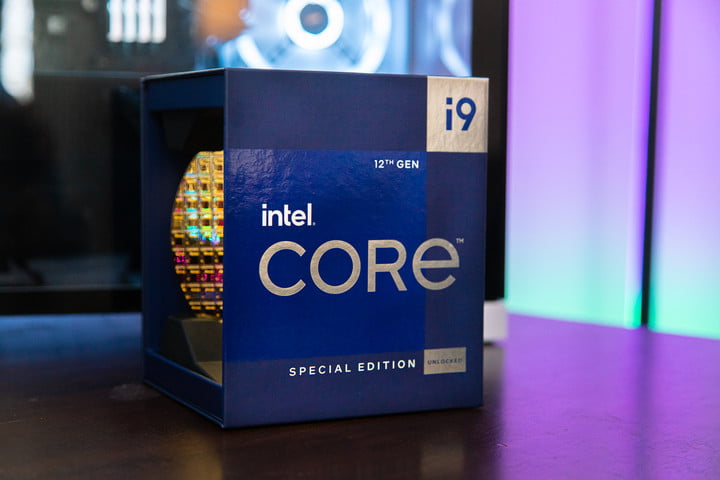
Intel launched the Core i9-12900K in November 2021 for a list price of around $589. The Core i9-12900KS arrived in April 2022 for a significantly higher price of $739. Those may be the prices listed by Intel, but there’s a big difference with what you’ll actually pay.
The Core i9-12900K runs between $600 and $620, while the Core i9-12900KS sells near $800. There’s a range of prices, but you can expect to pay anywhere from $150 to $200 more for the KS model.
It’s important to remember that the Core i9-12900KS is newer, so it’s still selling for around $800. I expect it will become much cheaper over the coming months, though. At the time of writing, I found one in stock for $780 with a $30 rebate — and that’s less than two weeks after the CPU launched.
Performance
I ran the Core i9-12900KS and Core i9-12900K through a suite of benchmarks to see how they hold up. All of our tests were run on an open-air test bench with an RTX 3090 graphics card and 32GB of DDR5-6400 memory. I selected only the most important benchmarks here, so make sure to read our full reviews (linked above) for the full results.
Starting with two CPU-focused benchmarks, you can see how little of a difference there is between the Core i9-12900KS and Core i9-12900K. In both Cinebench R23 and Geekbench 5, the single-core results are so close that they barely register on the graph. The Core i9-12900KS enjoys a slight 5% uplift in Cinebench, which you can easily make up with overclocking.
The differences in our multi-core results are even closer, but they favor the cheaper Core i9-12900K. In Cinebench, the cheaper part managed nearly a 4% lead. Still, raw CPU performance is largely the same between the two chips.
Real applications show a clearer difference. In creative apps like Adobe Premiere Pro and Photoshop, the Core i9-12900KS is quite a bit faster than its counterpart. It enjoys nearly a 5% increase in Premiere Pro, while maintaining a massive 12% lead in Photoshop. Those are impressive gains, but it’s important to remember that they don’t apply across all applications.
Gaming is a prime example of that. My testing revealed only a 2.2% difference between the Core i9-12900K and Core i9-12900KS in games at 1080p. That difference actually favors the Core i9-12900K, with it putting up higher frame rates in Red Dead Redemption 2 and Assassin’s Creed Valhalla, while barely lagging behind in Forza Horizon 4.
The only gaming benchmark the Core i9-12900KS clearly won was 3D Mark Time Spy, but even then, it was only a measly 1% faster. If you’re concerned with gaming, something like AMD’s Ryzen 7 5800X3D is your best option right now.
Thermals and power draw
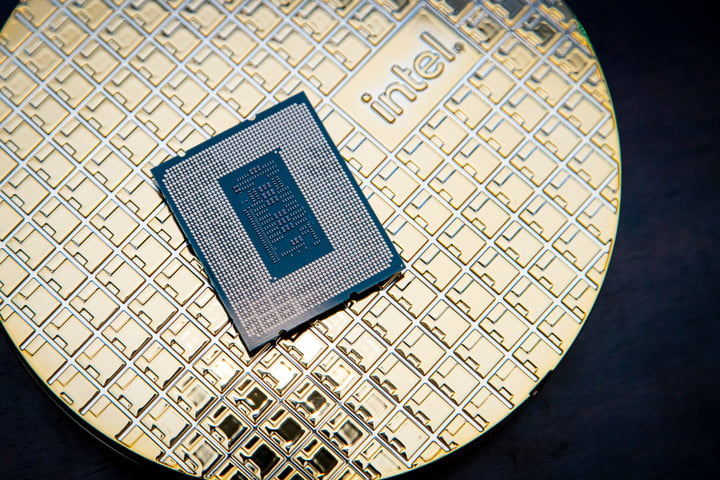
Both the Core i9-12900K and Core i9-12900KS have high thermal and power limits. The faster KS model is just hotter and more power-hungry thanks to its 300MHz boost.
During a stress test, the Core i9-12900K peaked at 84 degrees Celsius, while the Core i9-12900KS climbed all the way to 101 degrees. I actually had the Core i9-12900KS under a 360mm all-in-one liquid cooler — I used a 240mm for the Core i9-12900K — which illustrates how much hotter this special edition chip is.
The Core i9-12900KS is hotter, and it draws more power. Both chips have a rated wattage of 241W, but the Core i9-12900KS peaked at 274W during the stress test — and that was with Intel’s power limits enabled. The Core i9-12900K, on the other hand, drew 210W of power. Removing the limits, the Core i9-12900K climbed near 300W, largely matching the special edition with power and thermals.
The Core i9-12900KS is basically an overclocked Core i9-12900K, and that shows up with increased power draw and thermals. It also means the Core i9-12900KS has less overclocking headroom unless you elect for elaborate custom liquid cooling or extreme LN2 overclocking.
Save your money
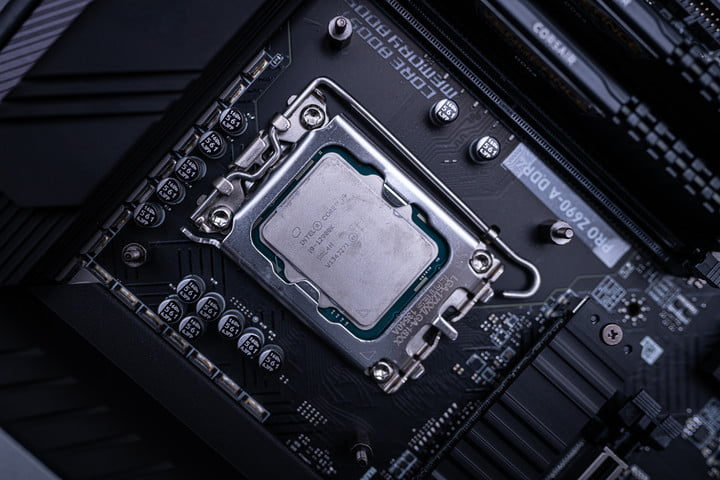
The Core i9-12900KS isn’t worth the extra $200. Although Intel’s 12th-gen Alder Lake architecture has been a revolution for Team Blue, the Core i9-12900KS is the worst showcase of it. It offers peak performance, but those margins are thin and they come with massive thermal and power concerns.
On the other hand, the Core i9-12900K is a remarkable processor. It’s cheaper than the best AMD has to offer right now while offering much better performance. And with a little CPU overclocking, it can even put the Core i9-12900KS back in its place.
